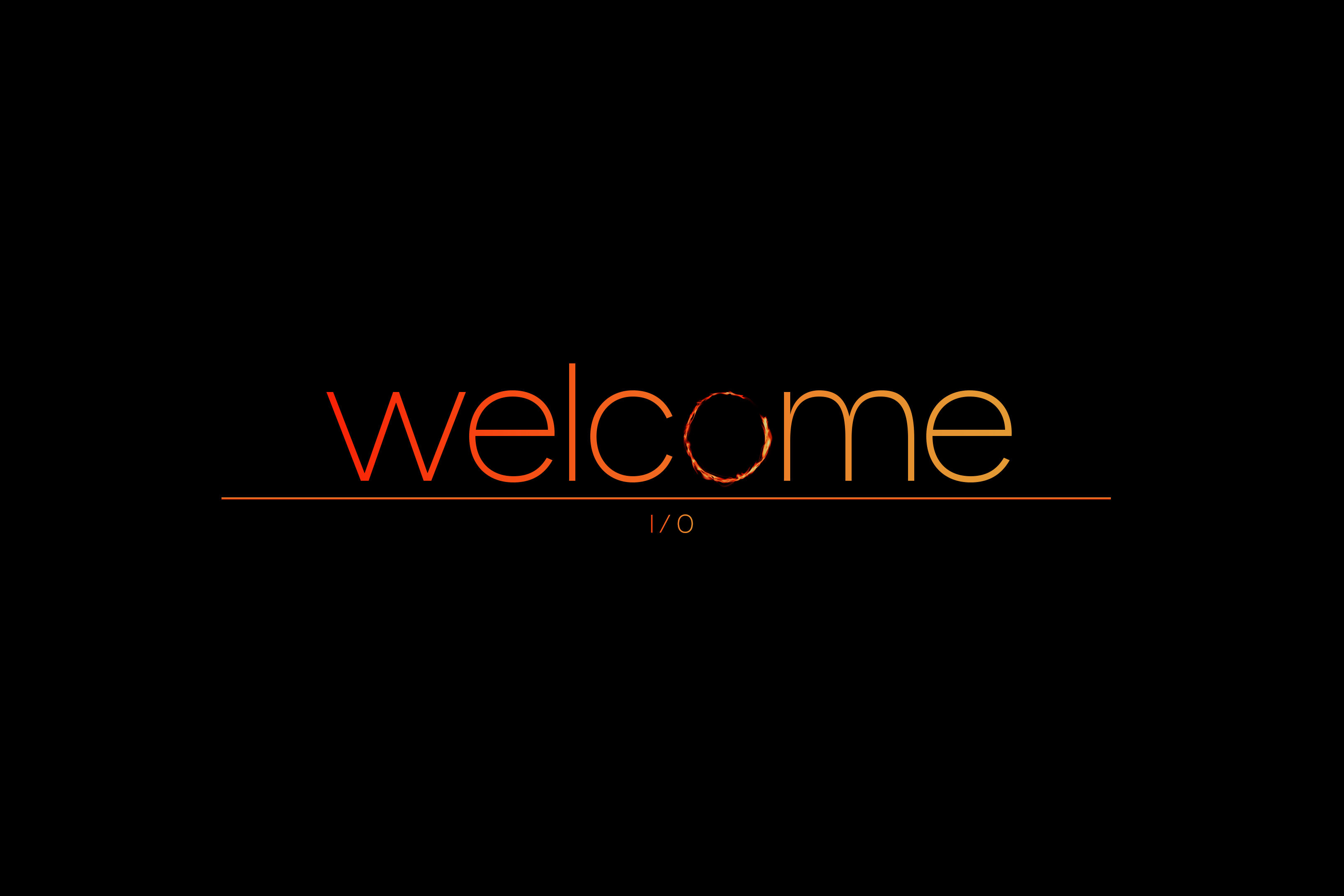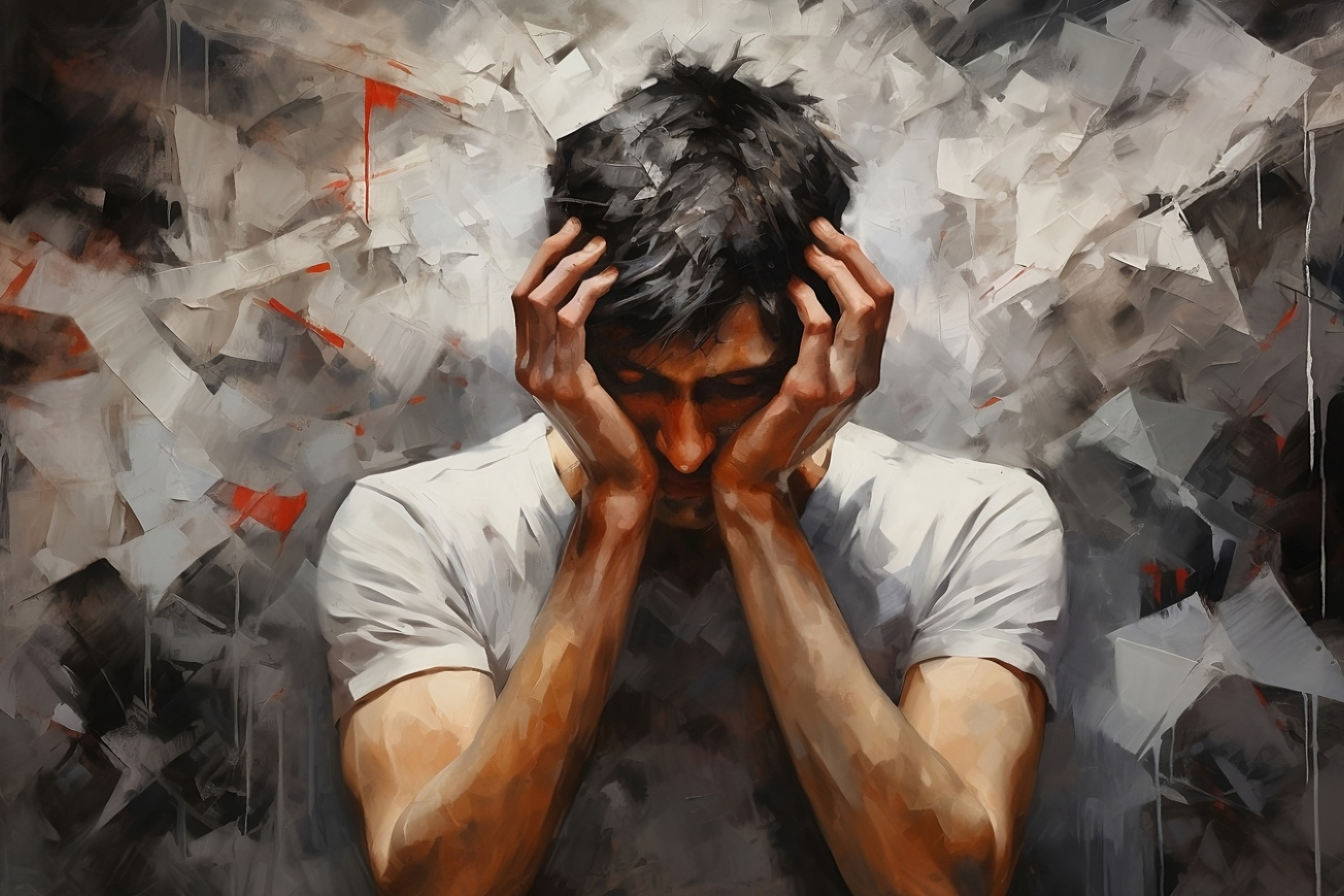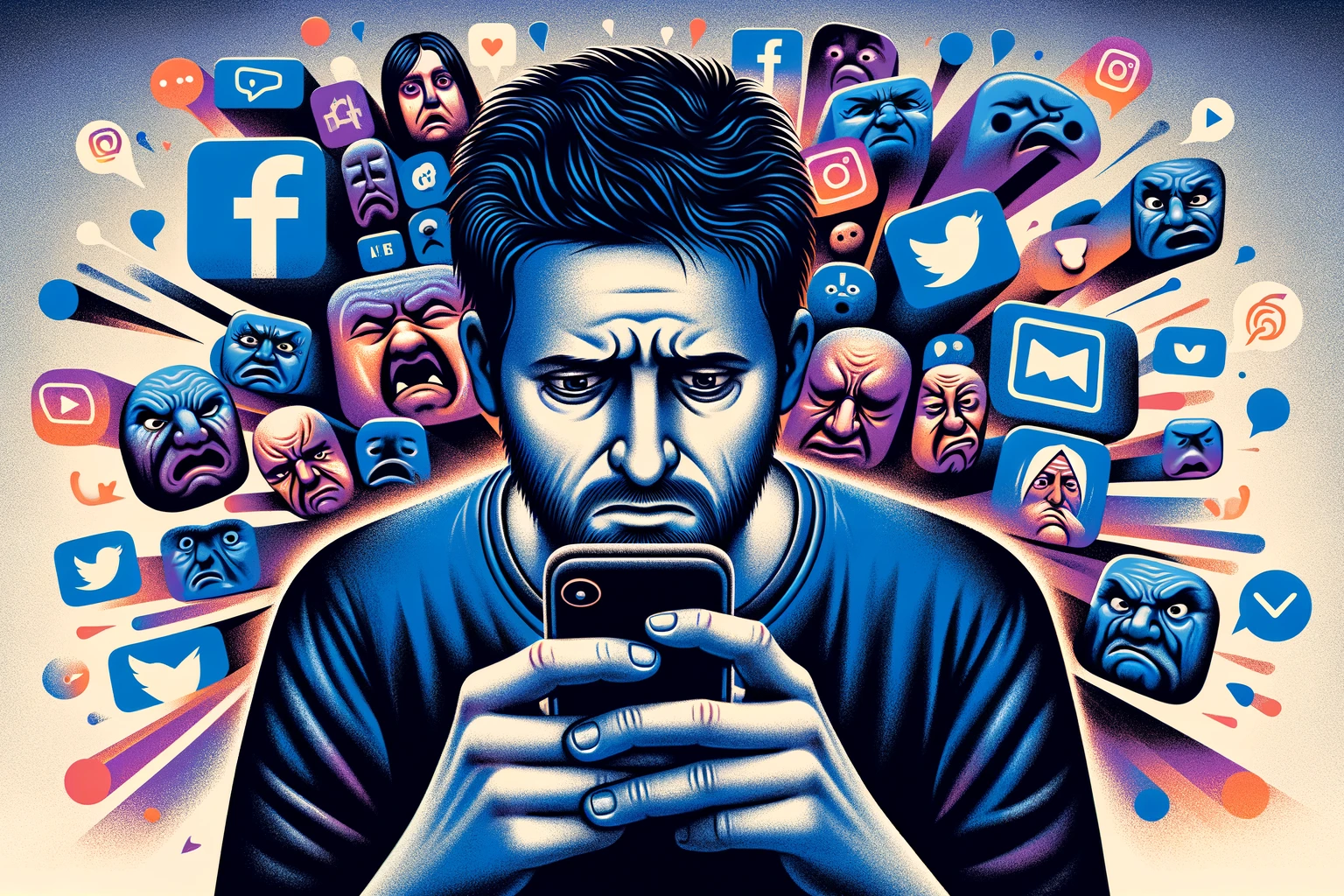The Search for Artistic Identity
The journey of an artist is as varied and unique as the creations they produce. Yet, amidst the plethora of creative outputs, there’s an echoing sentiment: the desire to be truly seen and understood. For many, the quest isn’t just about producing art but discovering the underpinning identity and voice that makes their art uniquely theirs. This isn’t about mere differentiation but connecting with audiences on a deeply personal level. It’s about the intersection of individual experiences, values, and influences that shape the artistry. Here, we embark on an exploration of what it means to truly find and embrace that artistic identity and voice.
Be yourself; everyone else is already taken.
— Oscar Wilde
Understanding Artistic Identity and Voice
In the vast landscape of creativity, two concepts often stand out for artists: artistic identity and voice. But what are they exactly, and why do they matter?
Artistic Identity: This is the heartbeat of who you are as a creator. It’s the culmination of your influences, experiences, values, and artistic choices. Imagine it as your artistic DNA, a unique combination that differentiates you from every other artist out there. Whether you’re inspired by sunsets or cityscapes, classical or abstract forms, your identity weaves these influences together, crafting a narrative that’s uniquely yours.
Artistic Voice: While identity is your foundation, voice is how you express it. It’s the signature rhythm in a musician’s composition, the distinct brush stroke of a painter, or the compelling narrative style of a writer. It’s that consistent quality that, when someone experiences your work, makes them say, “Ah, I know who created this!”
Now, understanding these two elements is pivotal because they are the bridge between you, the artist, and the audience. When aligned, they have the power to convey emotions, stories, and experiences in ways words often can’t.
To create one's own world in any of the arts takes courage.
— Georgia O'Keeffe
To create one's own world in any of the arts takes courage.
— Georgia O'Keeffe
The Foundations: Understanding Your Story
Every artist carries a story. The emotions, memories, and experiences that reside within you are the richest sources of inspiration. Understanding your story and its role in your artistic journey can give your work a depth that resonates more deeply with your audience.
Personal Experiences
Consider those moments in your life that left an indelible mark. It could be a heartbreak, a euphoric achievement, or even a simple everyday moment that took you by surprise. These experiences have a way of shaping your worldview. When translated into your work, they provide a relatability factor. It’s not about dramatizing these events but reflecting on the emotions they evoked. By integrating these genuine feelings into your art, you anchor your work in reality, making it more poignant.
Your Background Matters
Everyone grows up influenced by a particular culture, environment, and set of values. These aspects of your background hold a wealth of stories and perspectives. Reflect on the traditions you grew up with, the tales you were told, or the environment you were surrounded by. How did they mould your thinking? How can they be mirrored in your work? As a filmmaker, perhaps there’s a local legend that can inspire a storyline. As a musician, maybe there’s a traditional tune that can be reimagined. Using these elements ensures that your art is not just another piece in the crowd but a reflection of a distinct history and background.
Interests and Values
Beyond your immediate experiences and background, your hobbies and values also play a crucial role. Maybe you’re a digital creator passionate about environmental sustainability. This value can be the theme of your next project. Or perhaps, as a musician, you’re drawn to the sounds of a particular era; exploring and integrating these interests can add a layer of richness and differentiation to your work. Your interests and values are a compass, guiding the direction of your creations.
In essence, your artistic identity is formed from the personal experiences, values, and interests that make you unique. Embracing these elements ensures that your creations aren’t just aesthetically pleasing but are grounded in truth and authenticity, connecting deeply with those who engage with your work.
Every artist’s journey is filled with moments of self-doubt and moments of clarity. Unearthing your unique voice and identity is not a one-time event but a continuous process of introspection, exploration, and growth. While the nuances of this journey are personal, the overarching theme remains constant: the value of authenticity. As you continue in your creative endeavours, remember that your unique perspective and voice have a place in the vast realm of art. It’s this authenticity, coupled with persistence, that will resonate deeply with those who experience your work


